You can check the price for the Promote Control on Amazon Store, B&H photo or Adorama Store. For more information please visit the Promote Control Website
Promote Control remote – Review
So I just got the Promote Control remote for my camera, and I decided to write down some experiences I had with it. The decision to buy one fell quite some time ago, but I waited until I get a new camera, so I have it compatible.
I will focus on the HDR side of things, as that is my main reason for this remote.

In the oversize packaging you get few thing. The remote, manual, remote to pc usb cable, remote to camera usb cable, carrying case, batteries and a neck strap. I also ordered the separate shutter button for my camera so I can use the long exposures. I immediately connected it to my camera to try it out. I seen few instructional videos, so I didn’t bother reading the manual. The first test was a complete failure. The remote could not find my 5D mark II.
So after little searching I decided to update the firmware. Updating to the last version had a partial success, the remote found my camera. But it still could not take the shots. So I updated once more to the latest beta firmware, which did the trick.
So once it worked I went out to take few test shot series. I have to say, it’s a pleasure to use, once you get the hang of it. What you need to do is:
- frame your shot and focus
- have the lens on manual focus
- have the camera on Manual mode
- set the white balance (if you use AWB, it can happen that the camera changes it between shots, even if you shot in RAW, this makes things easier)
- meter your scene (you can do this also in Manual mode, just change the exposure time until the camera shows you, that you have the right exposure, you don’t have to switch to Av for this)
- enter the time into your remote and select the number of shots
- start the sequence
Sample bracket series taken during the day and the final HDR:
When you take your shots during the day, the USB cable is enough. For night shots you should have the separate shutter cable. When the remote detects that the next shot will be longer than 30s, it will stop and asks you to switch into the bulb mode. You should really check your settings before you take a sequence like this, so you have the same aperture and ISO settings in both modes. And definitely turn off auto-ISO.
It’s great that the Promote shows you the times of the slowest and fastest shutter speeds. You don’t have to count in your head, if you are in the 30s limit, as now you have no limit. You can go as high as you need. I suggest you set (setting 20 of 26), that you can turn on backlight while exposing. It’s nice if you are able to check how long you have to wait (especially by night shots).
If you have the shutter cable, you can also turn on mirror lock-up. I did this only with night shots, and only when I had a lot of time. It requires to turn this function in custom setting of your camera, so I will probably try to create a custom mode to use this.
Sample bracket series taken during the night and the final HDR (longest exposure 60s on bulb):
The Promote has many more functions, which I will describe here, as I try them out. So for now:
Pros:
- multiple functions on a single remote
- allows for a staggering number of brackets
- allows shots longer than 30s
- easy to use (once it works)
Cons:
- not cheap for a remote
- for some functions 2 cables have to be connected to the camera
- bulky, awkward to hold in hand
- could’t find the camera, had to update firmware before first use
Conclusion:
It’s not cheap. It’s not small. But it’s great for taking HDR photos. If you have a Canon camera and 3 shots are not enough for you, you should buy it.






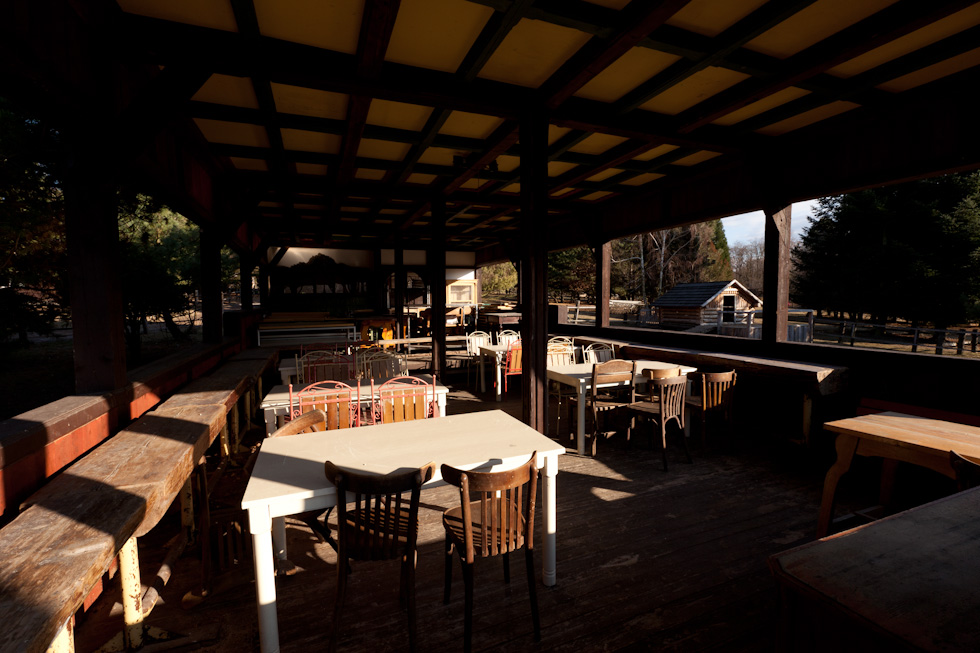

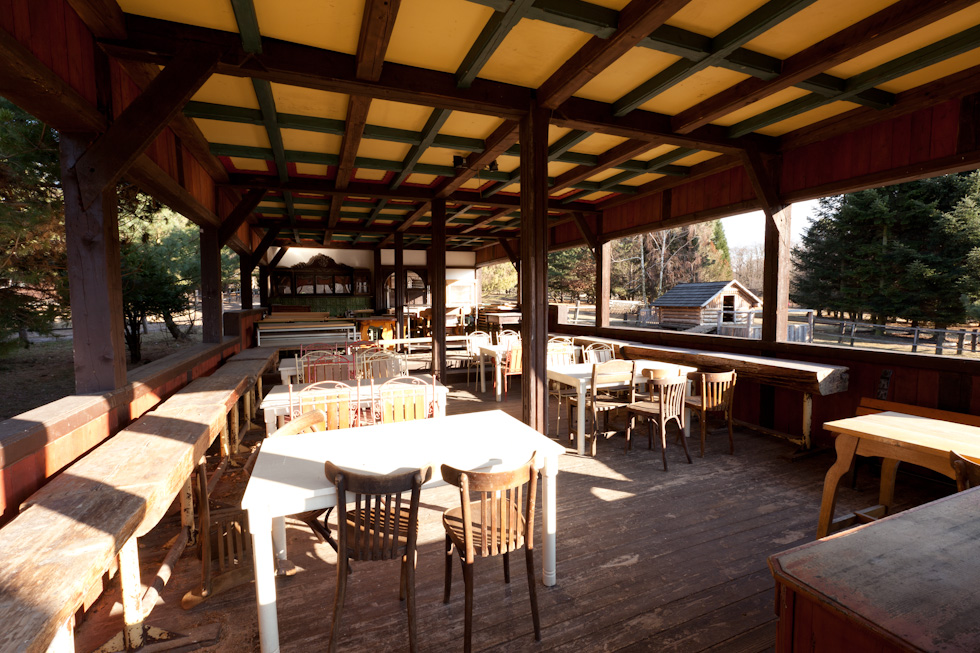

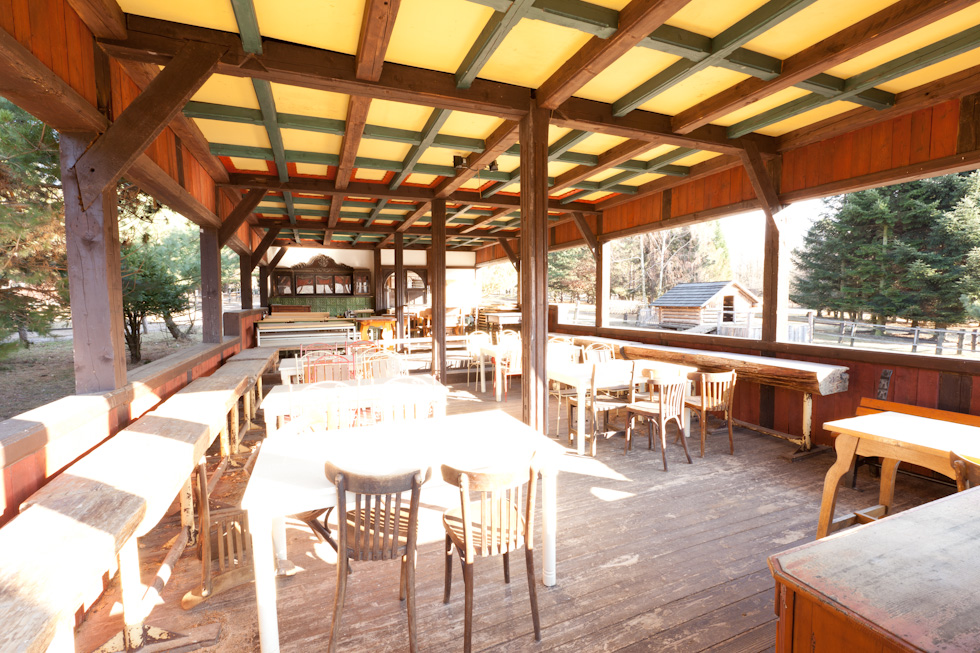
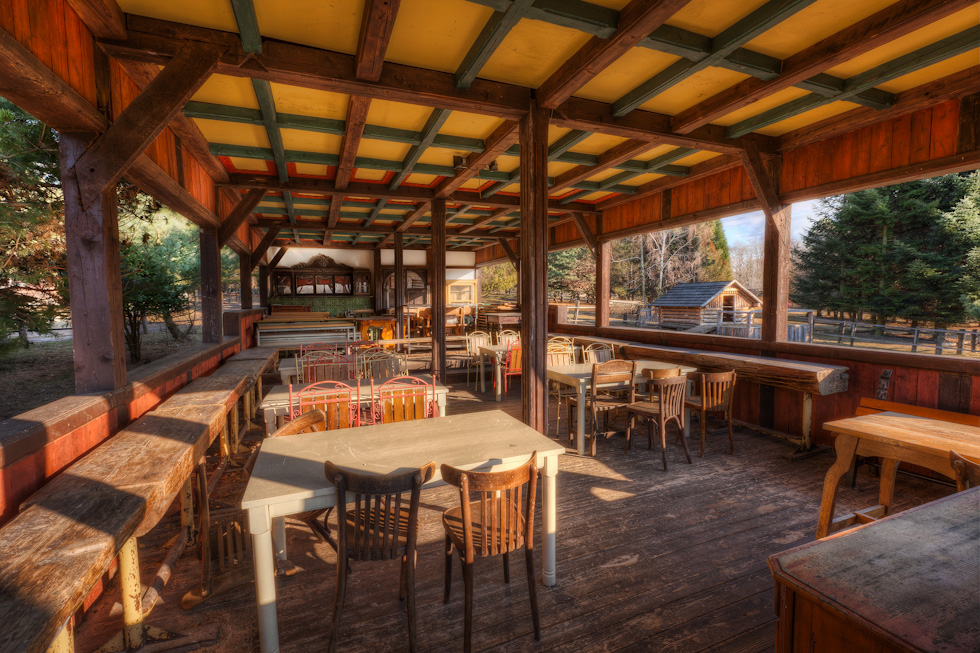
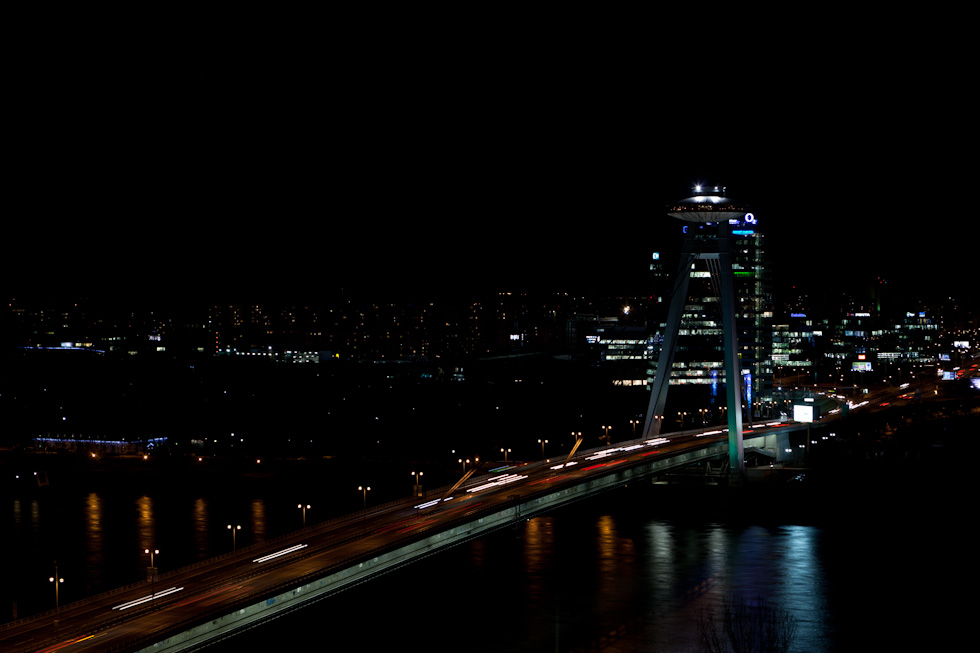
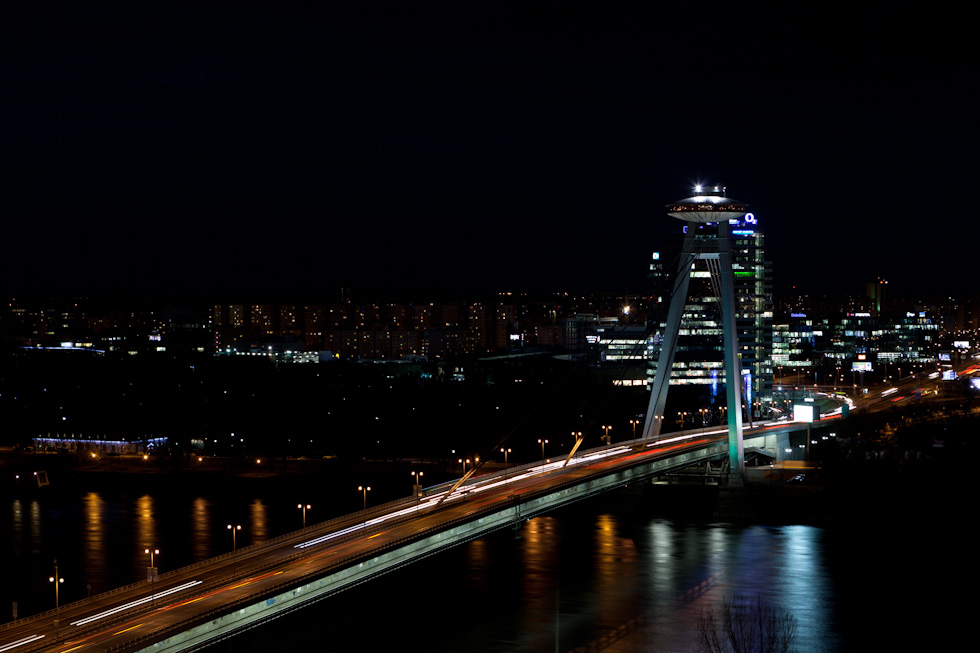
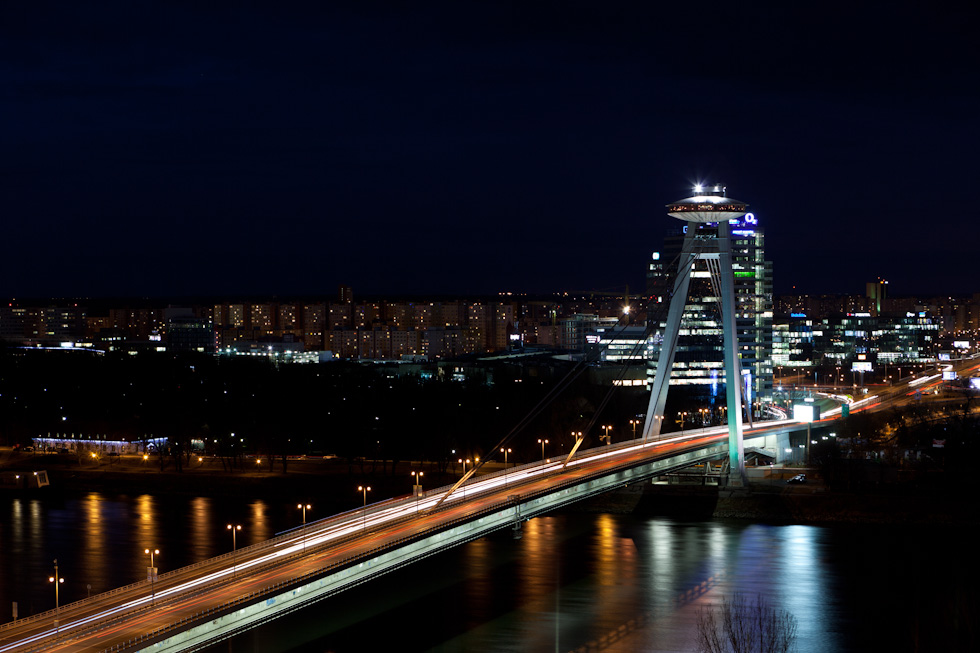

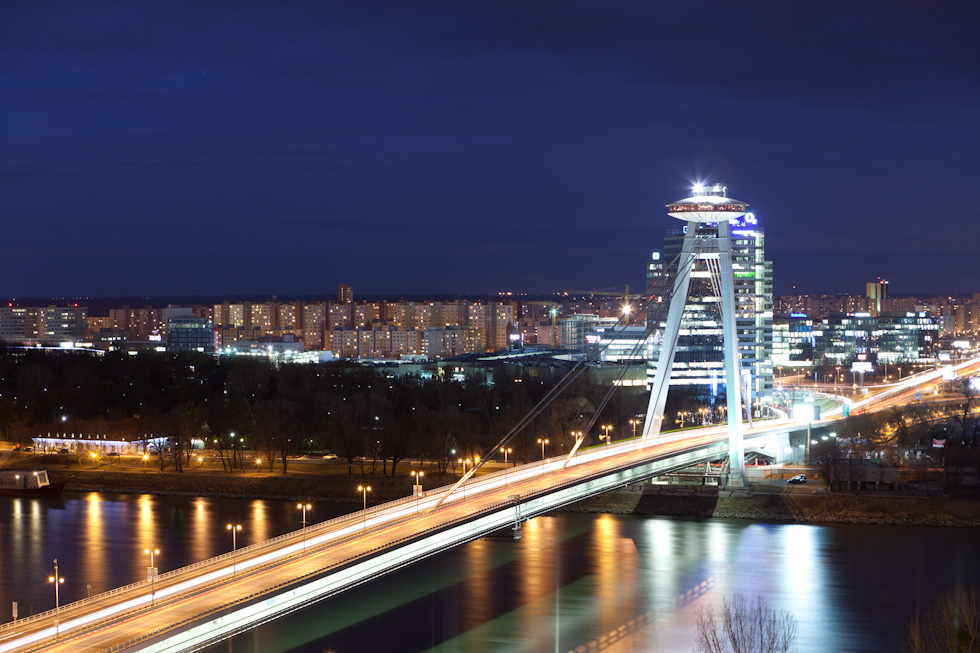

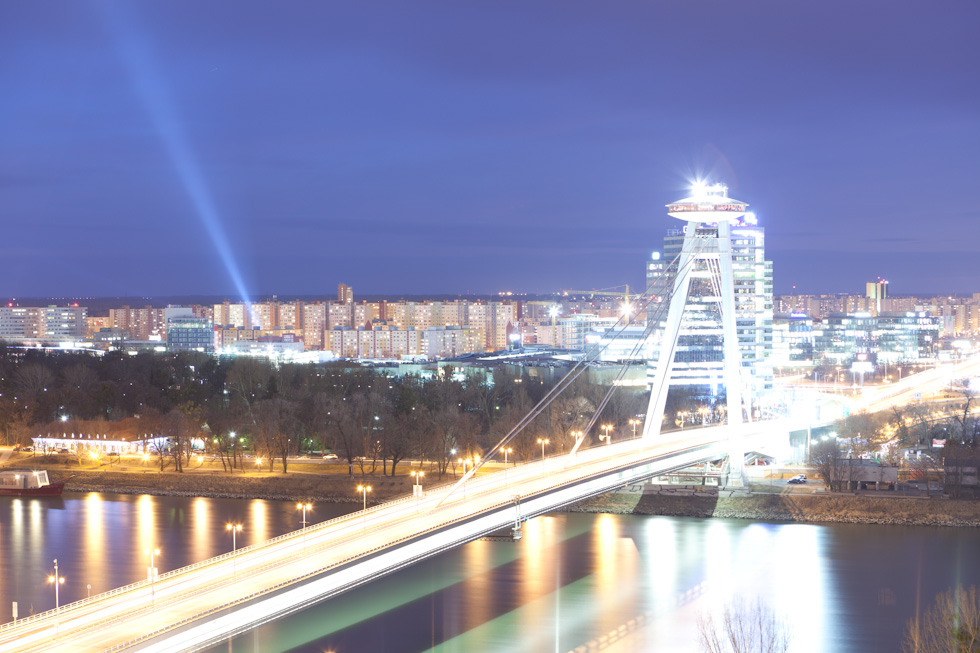
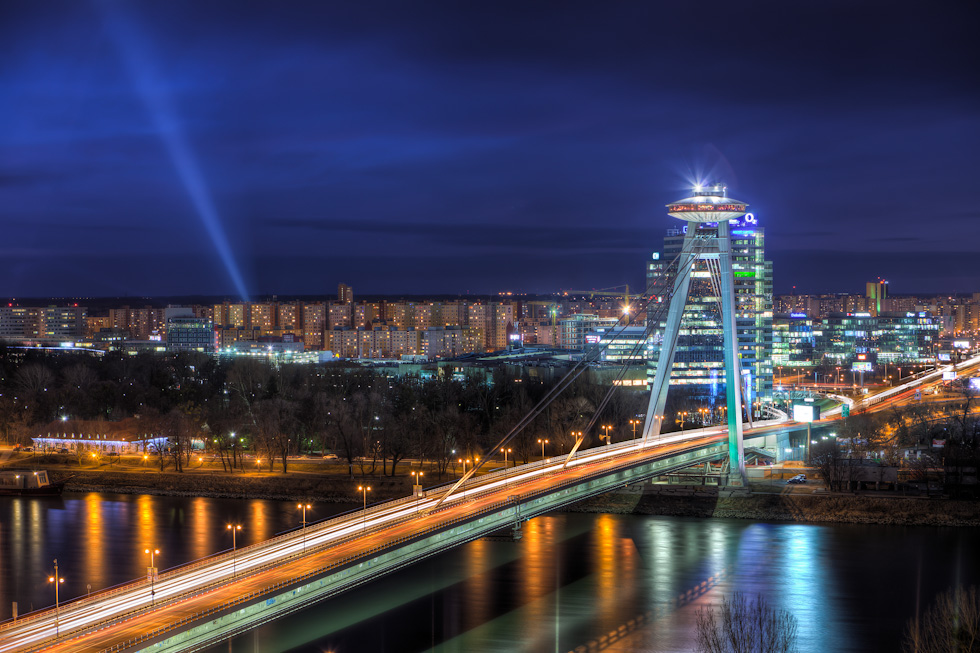


Firstly I just wanted to say thanks for putting this information up, also your photographs are amazing.
I am new to photography and only had a camera for just over 2 months. I am only interested in HDR and am struggling with information overlod.
I can take basic 3 shots with autobracketing but am learning that this is not enough to get the look I want to achieve.
I have a canon 550d and the promote will not work with it {they say 550D is supported except for shutter cable functionality }.
I have heard that the magic lantern software allows custom brackets, I wondered have you tried this?
At the moment I am wondering if I need to change my camera to one that allows 3, 5, 7, 9 brackets. I don’t want to do this but because I am just learning photography I would struggle with manually changing each shot manually through a sequence.
These are some of my first shots { http://www.flickr.com/photos/daviddwight/ }, I am a long way off from what I want to achieve. I especially want to take night shots, street lights. Dim lit interior scenes etc. This is why I think I need more than 3 brackets.
Many thanks
David
Hi David, you don’t need a new camera to take more brackets, just check out the first part of my HDR tutorial, where I mention the ways you can take them. Either take more than one series or take them manually. Booth approaches work
Write to Canon e-mail support with a suggestion to add option for 5/7 photos in AEB mode. I already did that for my 7D and I think that if more people do this, Canon will add this fairly simple function. It is not much, isn’t it? And it won’t take much time.
So far I have been using the regular 3 option AEB with a wireless remote to trigger. Now I am thinking about to try triggertrap. It is an app for iOS devices which works with a cable going into the camera. It costs 30$ so it is 10 times cheaper than the Promote. Has anyone had some experience with this kind of shutter triggering?
I think writing to Canon will have no effect, as people have been complaining about this for years :) And the latest 5D already has 7. I haven’t tried using a photo to trigger the camera, but the Magic lantern firmware works great for me, and it allows for up to 9 shots. So that’s a cheap alternative to the promote.
I just see your comment. I didn’t receive an e-mail for the response..
I used Magic Lantern with my 600D. However that was 1-2 years ago. I switched to 7D and there wasn’t a ML for it for a long time.. Just recently a first alfa was released, but there wasn’t the HDR option in there. After that in the second alfa it was finally there! I will use it now like crazy and I am very glad I won’t have to use external accessories like remote cables and so on..
I brought triggertrap especially for HDR and in my opinion its useless, it only allows for long exposure HDR as your camera has to be in bulb mode, ie the shortest exposure time on my D7000 in bulb mode is 1 second so it will only work if your shortest exposure time is a second – wasn’t worth the money I’m afraid :(
I’m not familiar with the trigger-trap, but I don’t think anything than magic lantern gives you a exposure longer than 30s in bracketing mode.. and its only on Canon camera…